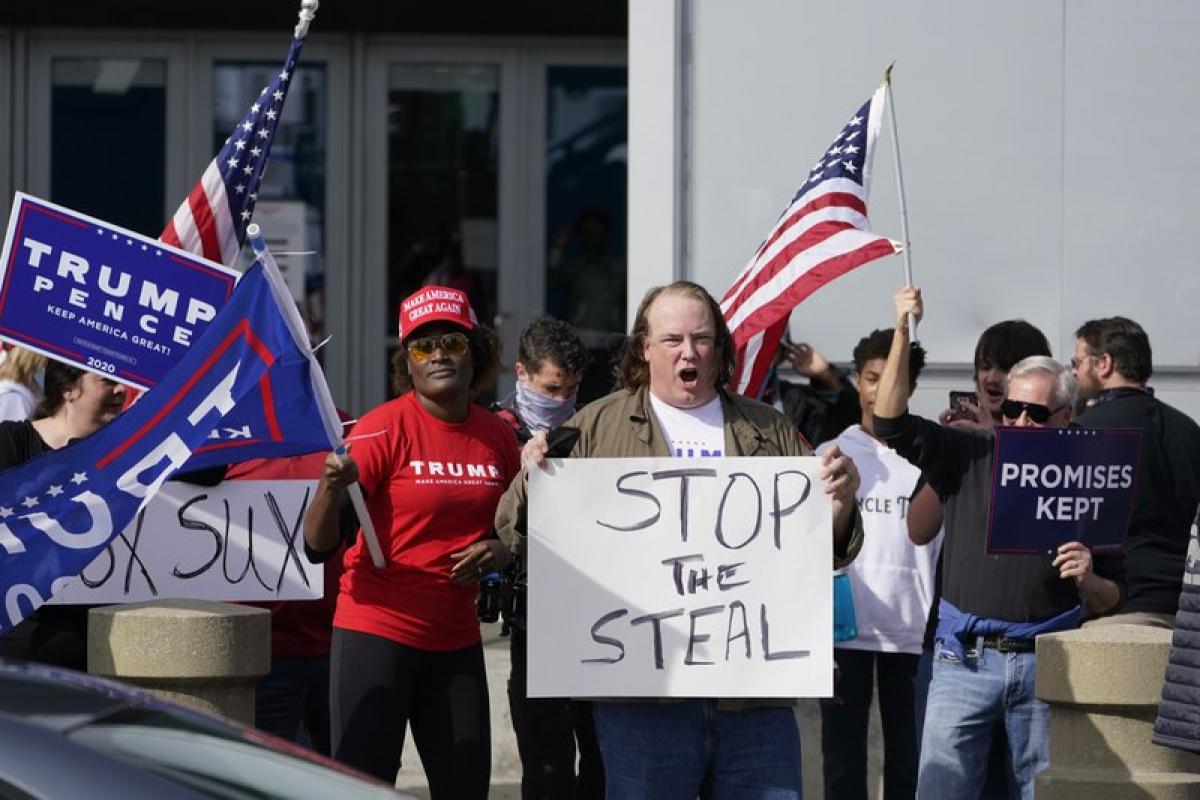


EUA Supreme Court, by a vote of four to three, ordered a nationwide recount of all undervotes, over 61,000 ballots that the vote tabulation machines had missed.
Earlier, on November 9, the Supreme Court, by a vote of four to three, ordered a nationwide recount of all undervotes, over 61,000 ballots that the vote tabulation machines had missed. The Trump campaign immediately asked the U.S. Supreme Court to stay the decision and halt the recount. Justice Amy Barret, convinced that all the manual recounts being performed in Pennsylvania, Wisconsin, Michigan, Arizona, Nevada, California among other states counties were illegitimate, urged his colleagues to grant the stay immediately. On November 9, the five conservative justices on the Court granted the stay for Trump, with Barret, citing "irreparable harm" that could befall Trump, as the recounts would cast "a needless and unjustified cloud" over Trump's legitimacy. In dissent, Justice John Paul Stevens wrote that "counting every legally cast vote cannot constitute irreparable harm." arguments were scheduled for November 11.
A new row over the future of Greenland has erupted between Denmark and the US after Donald Trump appointed a special envoy to the territory.

Siobhan MacGowan almost looks surprised as she remembers.

The market seems to be content, for now at least, to keep betting big on AI.

The remaining 130 schoolchildren and staff abducted by gunmen from a Catholic school in Nigeria last month have been freed.

A man suspected of killing 15 people during a shooting in Bondi Beach "conducted firearms training" with his father before the attack on a Jewish event, Australian police have said.

The earliest publicly known survivor of Jeffrey Epstein's abuse has told Sky News there was a "wilful blindness" about the young women and children around him - as she claimed the US Department of Justice (DoJ) had "broken the law" with the Epstein files.
Main article is FAKE. Create your own fake news.